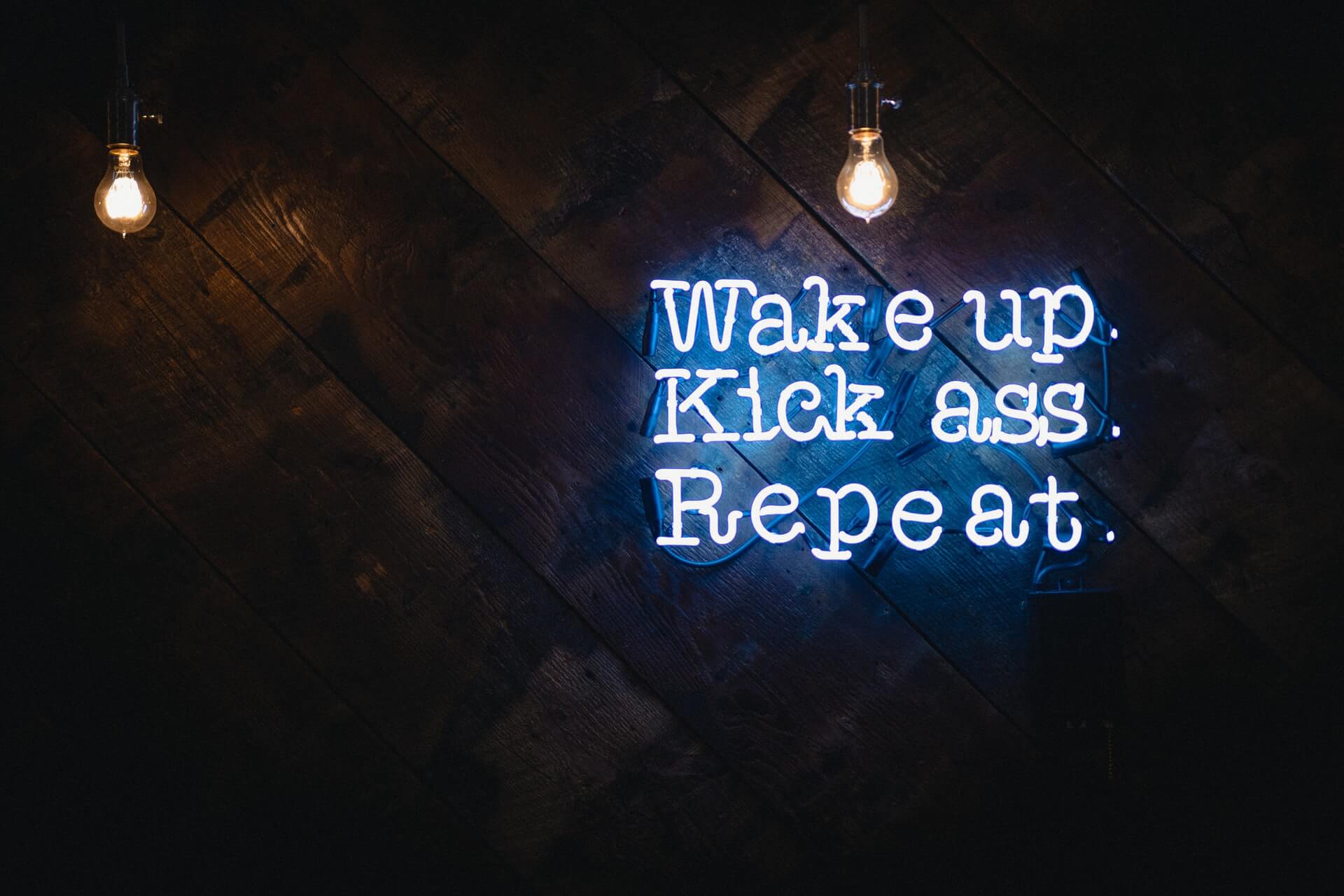Minimum Wage Rises for Most of USA
by David Klemt

More than half of the states across America are either now seeing a boost to minimum wage or plan to increase the hourly minimum by the middle of this year.
In total, minimum wage is up in 27 states. However, the rise isn’t yet in place in a handful of states, including Nevada.
Now, the federal minimum wage still has yet to go up. That rate remains at $7.25 per hour, where it has been since 2009. For the curious, if a person works 40 hours per week and is compensated at the federal minimum rate, that’s just over $15,000 per year—before taxes.
Per Motley Fool: “If we factor in inflation, [federal minimum wage] would have had to grow to $10.20 to let people buy the same amount of goods and services today [as in 2009]. In real terms, the current minimum wage has shrunk by almost 30% since it was set.”
You’ll see below that I didn’t list the increases for tipped workers. As an operator, you should already be well aware of the minimum rate your tipped workers must be paid. In all likelihood, your suite of software is already updated to the current requirements (but check yourself to be certain).
The list will provide an idea of what you’re up against. It’s difficult to recruit rock stars if you’re unable to offer wages above minimum wage, never mind at minimum wage.
Today, for most workers, the minimum isn’t going to cut it. So, when you’re looking at what you can offer, keep in mind the minimum wage for both tipped and un-tipped workers in your area.
Also, know what other operators are paying. To remain competitive, consider what else you can offer, including your values and culture.
States Increasing Minimum Wage
Below, the states with an increase to the minimum wage. Rather than organize the list by hourly rate or rate of increase, I set it up alphabetically.
- Alaska: $10.85 per hour
- Arizona: $13.85 per hour
- California: $15.50 per hour
- Colorado: $13.65 per hour
- Connecticut: $15 per hour (June 1)
- Delaware: $11.75 per hour
- Florida: $11 per hour (September 30)
- Hawaii: $12 per hour
- Illinois: $13 per hour
- Maine: $13.80 per hour
- Maryland: $13.25 per hour
- Massachusetts: $15 per hour
- Michigan: $10.10 per hour (could rise further; lawsuit pending)
- Minnesota: $8.63 per hour (small employer); $10.59 per hour (large employer)
- Missouri: $12 per hour
- Montana: $9.95 per hour
- Nebraska: $10.50 per hour
- Nevada: $11.25 per hour (July 1)
- New Jersey: $14.13 per hour
- New Mexico: $12 per hour
- New York: $14.20 per hour (excluding some areas); $15 per hour for fast food workers
- Ohio: $10.10 per hour
- Rhode Island: $13 per hour
- South Dakota: $10.80 per hour
- Vermont: $13.18 per hour
- Virginia: $12 per hour
- Washington: $15.74 per hour
Among the states on the list above, four are lifting minimum wage to at least $15. Those states are Connecticut, Massachusetts, California, and Washington. Additionally, the minimum wage is $15 per hour in parts of New York.
Interestingly, employers in Nevada can reduce the minimum wage by one dollar if they pay qualifying health insurance. In such a case, the hourly minimum will be $10.25.
Only one of these states, Montana, will remain under $10.
Cities, Counties, Districts
As stated above, some parts of New York have a minimum wage higher than $14.20.
There are also cities, counties, and districts boosting the minimum wage.
- Denver, Colorado: $17.29 per hour
- Long Island, New York: $15 per hour
- New York City, New York: $15 per hour
- Washington, DC: $16.50 per hour
- Westchester County, New York: $15 per hour
Overall, more than half the country either already increased the minimum wage or will do so later this year.







